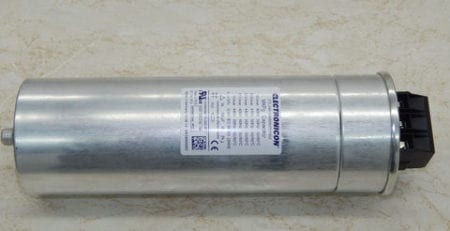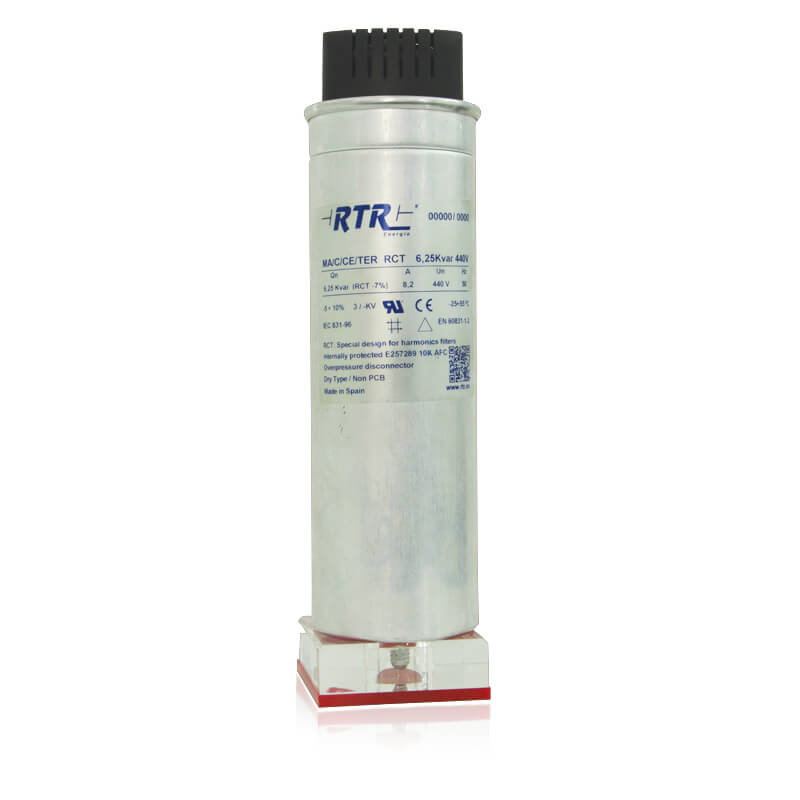The concept and consumption of reactive power
Consider the energy consumption in a simple circuit whose load is the following resistance and reactance:
- Introduction What is a capacitor and compensation capacitor reactive power

The circuit is powered by voltage

Current i is out of phase with voltage u by an angle ᵠ:

From the above formula we can write:


Relation between power P and Q
Capacity reactive is the fraction of power consumed on the electric bran or emitted on the capacitance of the circuit.
Reactive power consumption
On the grid, reactive power is consumed at:
Asynchronous motors, transformers, resistance on power transmission lines and in elements and equipment related to magnetic fields.
The requirement for reactive power can only be reduced to a minimum but cannot be eliminated because it is necessary to create the field, the necessary intermediate in the electrical specialization process power.
1. Asynchronous motor:
The asynchronous motor is the main reactive power consuming device in the power grid, accounting for about 60 – 65%
Reactive power of an asynchronous motor consists of two components:
– A small part of reactive power is used to generate a dissipated magnetic field in an acute circuit.
– Most of the remaining reactive power is used to generate the gap magnetic field
2. Transformer:
The transformer consumes about 22 to 25% of the total demand for reactive power of the grid, which is smaller than the need of asynchronous motors due to reactive power used. for transformer core magnetization is not large compared to asynchronous motors, because there is no air gap.
But due to the large number of equipment and total capacity, the total demand for the reactive power of the transformer is also very significant.
Reactive power consumed by the transformer consists of two components:
– Reactive power is used to magnetize the steel core
– Reactive power dissipation from transformer
3. Fluorescent lights
Typically fluorescent lamps operate with a ballast to limit the current.
Although according to the diagnostic inductance, the uncorrected power factor cosᵠ of the ballast is in the range of 0.3 to 0.5.
In modern fluorescent lamps with electromagnetic starters, the power factor is not understood, cosᵠ is usually close to 1.
Therefore, there is no need to correct the power factor of this device. However, when these electrical equipment starts up, harmonics are generated.
See also: installing capacitors
Excerpt from Master’s Thesis Ngo Quang Uoc









Leave a Reply